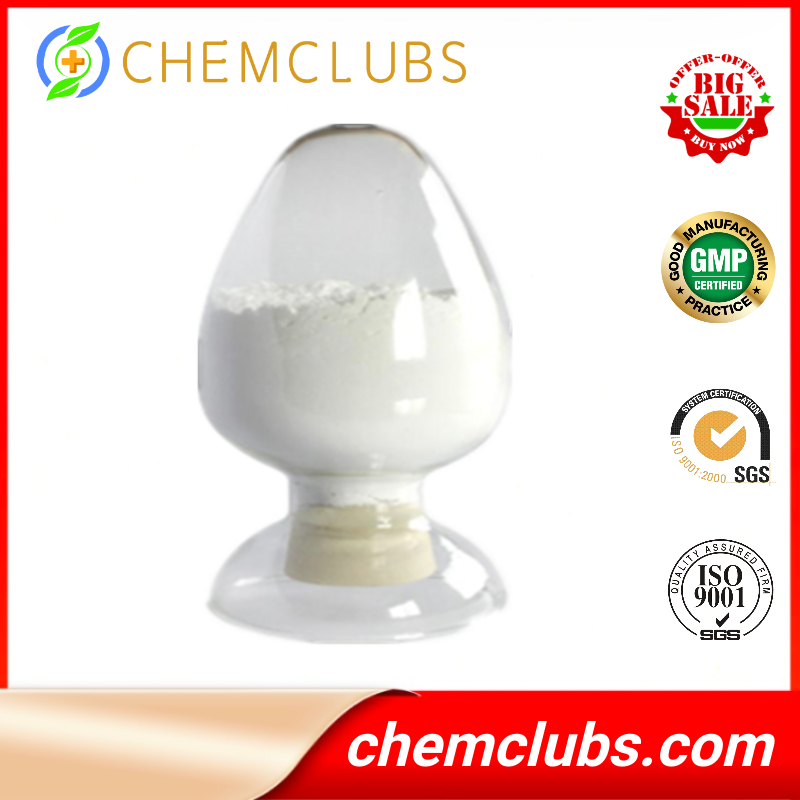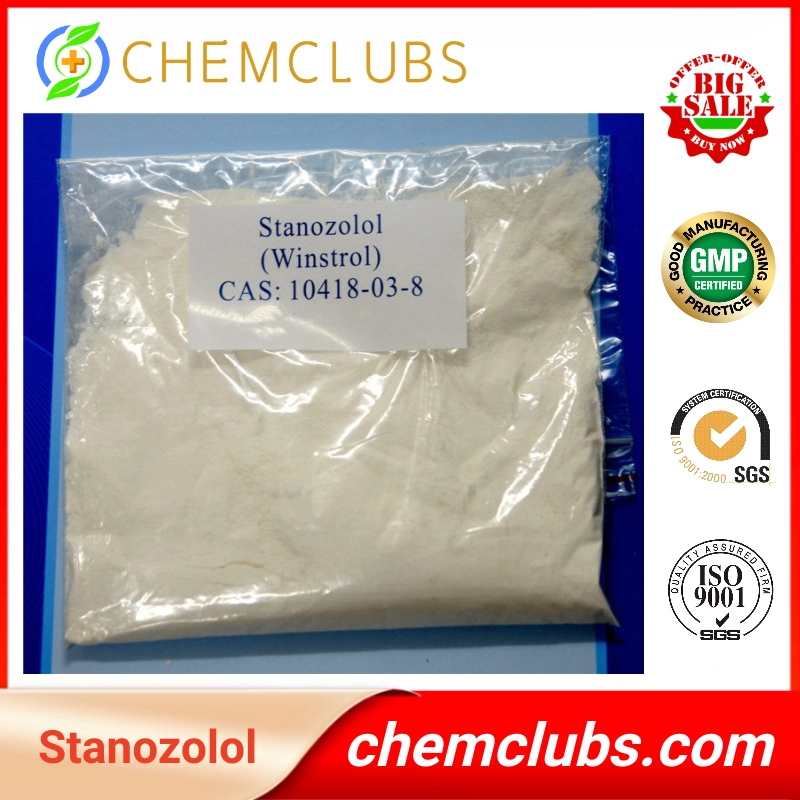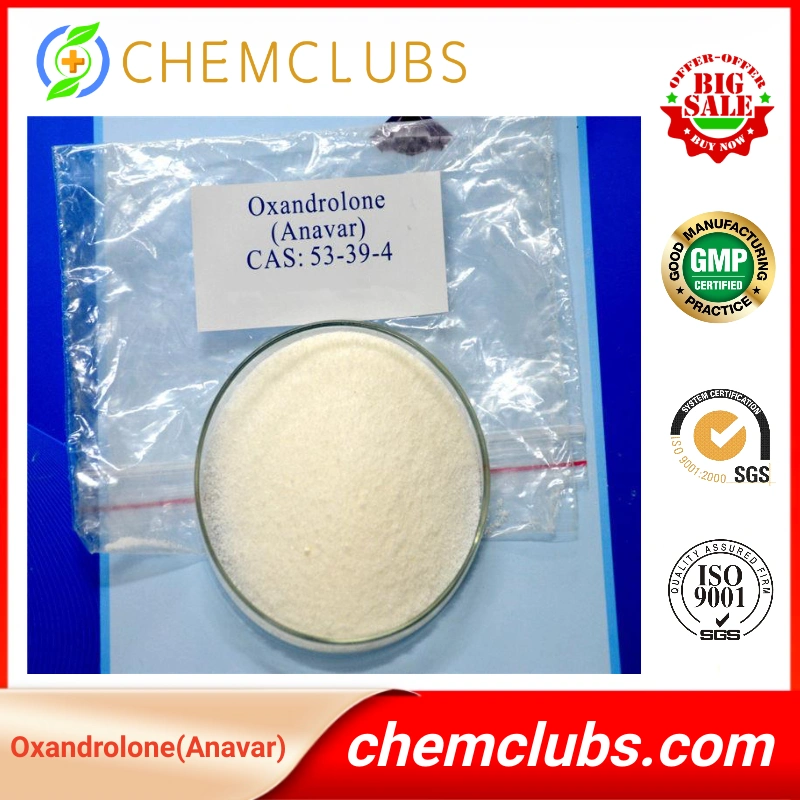
Finasteride
Product Description:
Oral Finasteride / Proscar Steroids Powder For Hairloss Treatment / Prostate Disease / 98.5% Sex Enhancers
Quick Detail:
Finasteride was available for years as Proscar (5mg tabs), but only recently became available as Propecia (1mg tabs). Finasteride is in a class of chemicals known as 5alpha-reductase inhibitors. Finasteride is based on the progesterone skeleton (4) and has a high inhibitory activity for the enzyme 5alpha-reductase (5-AR). 5-AR, as you may recall, is the enzyme responsible for converting certain steroids into 5-Alpha Reduced versions of themselves (such as turning testosterone into dihydrotestosterone). Finasteride and similar compounds are used for the treatment of androgen dependent diseases such androgenic alopecia (hair loss), benign prostatic hyperplasia (prostate enlargement) and prostate cancer. Dihydrotestosterone is a 5alpha-reduced metabolite of testosterone and has been implicated as a causative factor for the onset and progression of these problems.
Description:
Finasteride
Alias: Proscar
CAS No: 98319-26-7
MF: C23H36N2O2
MW: 372.55
Purity: 98.5%
Appearance: white powder.
Applications:
Finasteride(brand names Proscar and Propecia by Merck, among other generic names) is asynthetic drug for the treatment of benign prostatic hyperplasia (BPH) and malepattern baldness (MPB). It is a type II 5α-reductase inhibitor. 5α-reductase isan enzyme that converts testosterone to dihydrotestosterone (DHT).
Physicians use finasteride for the treatment of benign prostatic hyperplasia(BPH), informally known as an enlarged prostate. The FDA-approved dose is 5 mgonce a day. Six months or more of treatment with finasteride may be required todetermine the therapeutic results of treatment. If the drug is discontinued,any therapeutic benefits reverse within about 6–8 months. Finasteride mayimprove the symptoms associated with BPH such as difficulty urinating, gettingup during the night to urinate, hesitation at the start of urination, anddecreased urinary flow.
As measured by hair counts, in a five-year study of men with mild to moderatehair loss, two out of three of the men who took 1 mg of finasteride dailyregrew some hair. In contrast, all of the men in the study who were not takingfinasteride lost hair. In the same study, based on photographs that werereviewed by an independent panel of dermatologists, 48% of those treated withfinasteride experienced visible regrowth of hair, and a further 42% had nofurther loss. Average hair count in the treatment group remained abovebaseline, and showed an increasing difference from hair count in the placebogroup, for all five years of the study. Finasteride is effective only for aslong as it is taken; the hair gained or maintained is lost within 6–12 monthsof ceasing therapy. In clinical studies, finasteride, like minoxidil, was shownto work on both the crown area and the hairline, but is most successful in thecrown area.
The FDA has added a warning to 5α-reductase inhibitors concerning an increasedrisk of high-grade prostate cancer.While the effect of finasteride on the riskof developing prostate cancer has not been established, evidence suggests itmay temporarily reduce the growth and prevalence of benign prostate tumors, butcould also mask the early detection of prostate cancer. The primary concern ispatients who develop prostate cancer while taking finasteride for benignprostatic hyperplasia, which in turn could delay diagnosis and early treatmentof the prostate cancer, thereby potentially increasing the risk of thesepatients developing high-grade prostate cancer.
Finasteride needs to be noted that there are actually 2 different 5-AR enzymes,and Finasteride specifically blocks the type-II variety. The type-II 5-ARenzyme is the one responsible primarily for hairloss and prostate enlargement,while type-I is often the culprit behind acne and hirsutism. In either case,type-II is responsible for around 2/3rds of the circulating DHT in your body,so it's no surprise that Finasteride typically reduces your total DHT levels byaround 65%.
Related Product
Best Madcican Product






